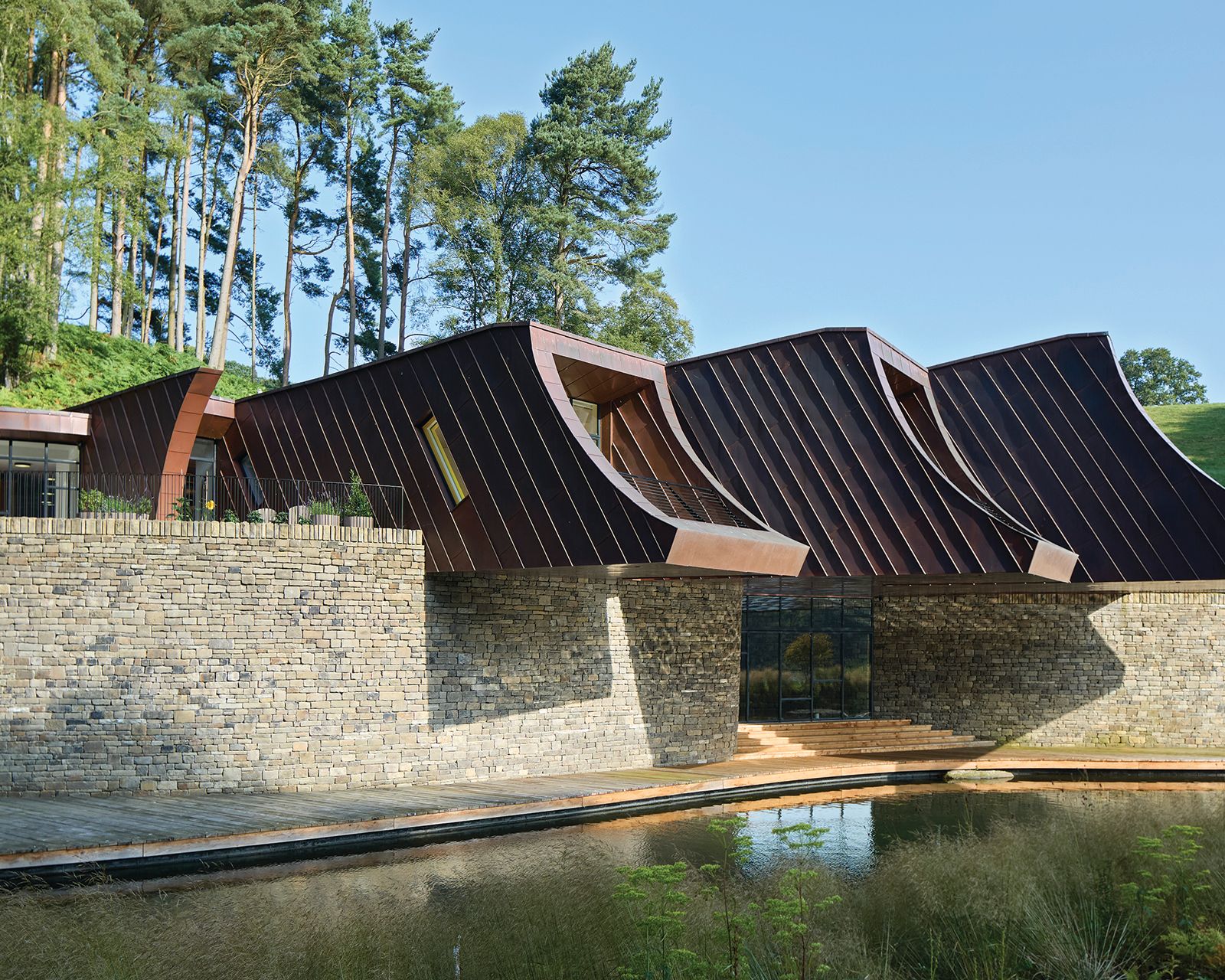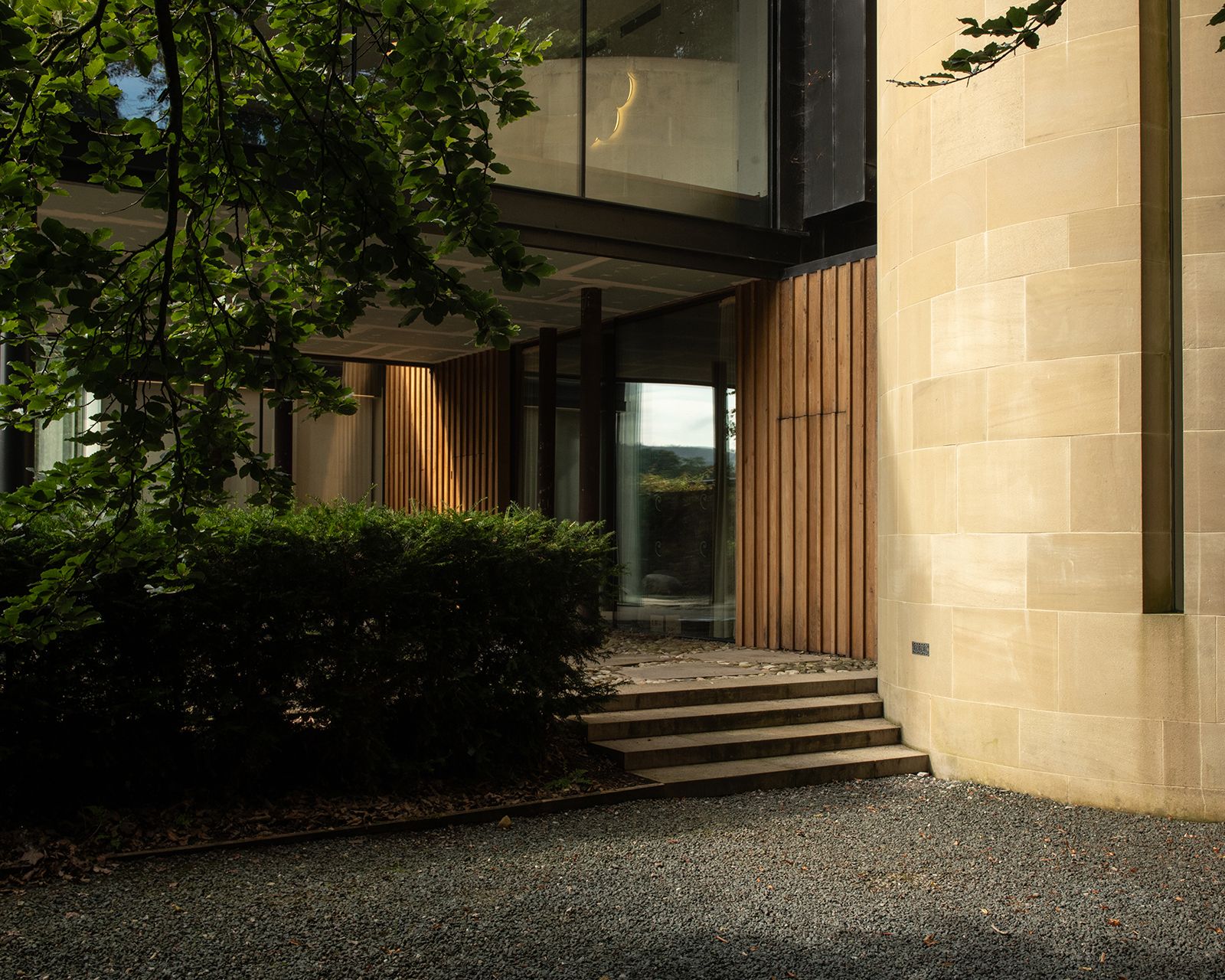Are you living in a Decorated Shed?
By Malcolm Birks | 09.10.25
Are you living in a Decorated Shed? From Yorkshire to Las Vegas, place, history, climate, and vernacular language all play their part in architecture.

In 1972, the American architects Robert Venturi, Denise Scott Brown & Steven Izenour wrote ‘Learning from Las Vegas’. Within it, they contrasted buildings whose shape was an integral part of their symbolism (‘Duck Architecture’ as they termed it – named after a New York building built in the shape of a duck to sell duck eggs) and those which had a simple functional box with applied motifs and symbols (‘Decorated Sheds’). They critiqued the contortions of Modernist architecture and poked fun at its pomposity whilst celebrating the fun, directness, and populism of the decorated sheds of Las Vegas and elsewhere.

The themes they explored are still very evident today in building design. The approach of many architects is to see a building as a seamless exploration of an idea, which runs through it like a stick of sweet seaside rock. The exterior and interior design are part of one continuum, such that even the design of a door handle or the handrail on a stair can share a link to the external form and idea of the building. Materials, shape, and design are played with like a piece of music, creating an all-enveloping experience of a philosophy; an expression of an approach to life, even. Think of Frank Lloyd Wright’s organic architecture or Sir Christopher Wren’s harmonious classical designs.
Most buildings we experience are a little different. The external architectural style might be Georgian or Victorian, whilst inside there is a completely modern Scandi interior. Conversely, there might be a minimalist architectural approach to the building, but the ‘fit-out’ involves exuberant and garish interior design, full of bold richness.
Do these contrasts and disparities upset us? Mostly, perhaps not. We have all grown used to Decorated Sheds where all manner of applied apparatus is fixed to buildings, in an increasingly wacky and diverse world. Shell-and-core and fit-out have become a typical separation in the property industry.
And yet, there are still undercurrents regarding taste and continuity. As we seek meaning in our lives, we demand it in our buildings. I have written previously about the concept of authenticity in architecture and the key ingredients that help us to achieve this. Place, history, climate, and vernacular language all play their part as building blocks in an architecture that connects and grounds us. If pushed, I would argue that a building with a seamless and connected design might be more enjoyable and have deeper layers of meaning for us.
However, both the Ducks and the Decorated Sheds have validity in the search for authenticity and self-expression. Tolerance and diversity are important in architecture as much as in life generally, and fun and playfulness are underrated qualities.

So, when considering your next project, wherever that might be – town or country, Yorkshire, or Las Vegas – I would encourage you to think about the design links of your choices, the expression of values that you want to make, and the legacy that you want to leave. At its best, design can be a powerful expression of hope for a better world; of beauty and meaning. Each of us can play our part.
Malcolm Birks, RIBA, is Head of Design at Rural Solutions
This article was originally published in the Yorkshire Post Property Post.
Categories:
ArchitectureWe are using cookies to give you the best experience on our website. You can find out more about which cookies we are using on our cookie policy.


